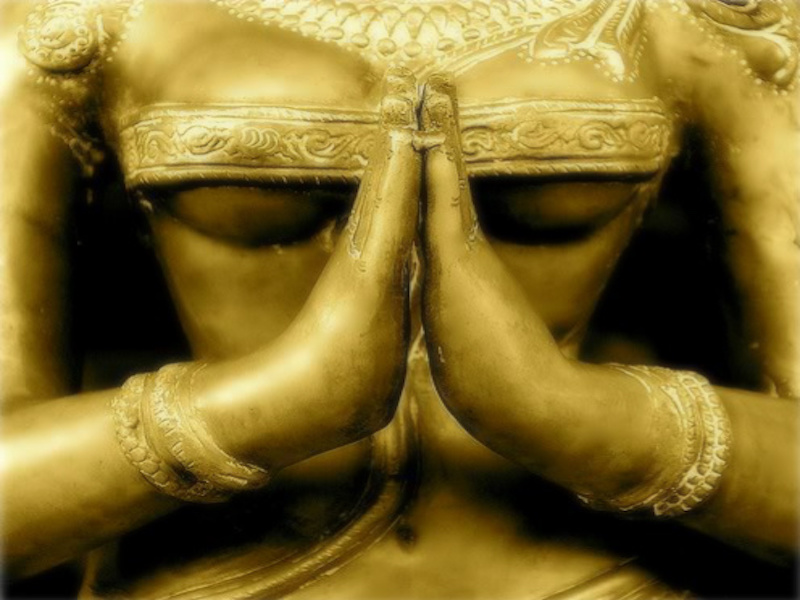
Perhaps you’ve tuned into a similarity of language in many voice-guided meditations.
For example, in QuietSelf guided meditations, the words notice and now come up a lot. So does the suggestion to allow rather than a directive to take an action… references to the self and the higher self…and you might become aware that as opposed to you should now be experiencing.
Let’s consider how these phrases are designed to serve and support your meditation practice. And how you can benefit from the truest, highest purpose of any style of meditation.
A Lexicon of Intention
Still the breath.
Quiet the mind.
Allow the self to settle.
These aren’t just expressions. They’re ways of helping you to exercise the natural dominion you have over the body and mind you inhabit. And the ways in which you receive these words into your conscious and unconscious minds will impact on your meditation experience.
This “language of love” is a way of helping you to detach the ego from the meditation or visualization you’re practicing. So rather than placing focus on the breath that is yours, for example, you can focus on the breath that is.
The more we can divest from our intense attachments to having corporeal, material and emotional things, the greater our ease with the world around us. The more we can focus on being – a breather of breath, a giver of love, a receiver of compassion – the greater our ease with both the higher and the lower self.
The True Purpose of Meditation
The deepest benefits of meditation are those hardest to prove on an objective scale: the peace of mind it brings, the contentment with life, and the eventual fluttering away of the veil that obscures our conscious awareness of reality.
Sure, our blood pressure goes down and our focus goes up. We perform better at work (just look at how much corporate-sponsored meditation there is these day). And we’re easier to live with at home.
These are the daily benefits.
But the purpose of meditation isn’t to sharpen your memory, or be more productive, or make more money. The purpose of meditation is to find release from suffering and to embrace the joy of our own existence. This is true whether you’re engaged solely in mindfulness practice, or moving beyond, into higher consciousness work.
Love is the true purpose of meditation, plain and simple. Love.
The Difference Between Love and Compassion
And don’t mistake love for compassion.
Compassion is the elevated desire to relieve the suffering of others. It requires not only the ability to be empathetic but also to take action based on that empathy.
To “feel compassion” for others without taking action falls more in the realm of sympathy. This is neither good nor bad. There’s nothing intrinsically right or wrong about sympathy. It’s simply different from compassion. Sort of Compassion Lite.
True compassion requires that you step beyond merely feeling something. You must take action of some kind, however small and specific. It is yin energy, and often considered the highest expression of our humanity.
On the other hand, love is the equally beautiful desire to make others happy. No one sits around thinking “Gosh, I wish this other person were happy” without taking action. Not if they really mean what they say.
When you love, the urge to make the object of your love happy is so overwhelming that it expresses itself constantly. You can’t stop it. To turn a phrase, there is no love that dare not speak its name. There is only love that will not keep its big mouth shut. And the remarkable thing about making the object of your love happy is that it always make you happy, as well. Simply by you expressing that desire.
Keep in mind that “being in love” is a completely different thing. Being in love is actually all about “me”. What I get from this other person (or puppy/kitten I’ve just brought home). Being in love is wonderful. I hope you get to experience it often in life. But when it transcends into love, you’ll know it. What you get falls away in the light of the inner joy of what you give. Making your beloved happy is the highlight of every moment. Love is considered to be yang energy, and without it, life would have very little sparkle.
Always, always, be compassionate. But equally, always love. Without yin (compassion, in this discussion), there can be no yang (love). Both are needed separately to exist together.
Love Is the Word You Seek
The next time you meditate, begin the practice by silently saying the word “Love” inside yourself, or quietly aloud. Repeat it a few times. You might find yourself smiling a little, or you might not. Simply allow the word to fill your heart for the space of a few settling breaths before you begin.
Myself, I often shed tears when I do this simple exercise. I’m undecided if these are tears of longing to love or tears of the joy of knowing that I do love. I’m okay with either.
So, here’s my suggestion to you, dear reader.
Whether on your own or in a group…with the help of some free QuietSelf audio meditations, or in silence in your living room…at the beginning of your day as you rally your energy, or at night when you prepare the body and mind for sleep…remember to open your heart to love. It will flow in like the ocean, and back out like a monsoon.
I promise.
Image courtesy of Beth Scupham
